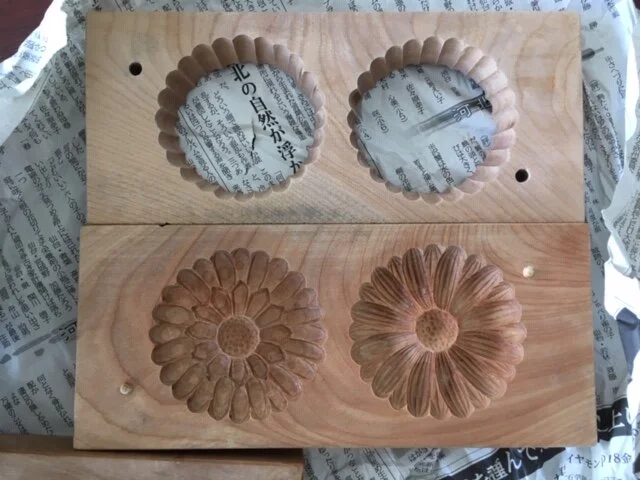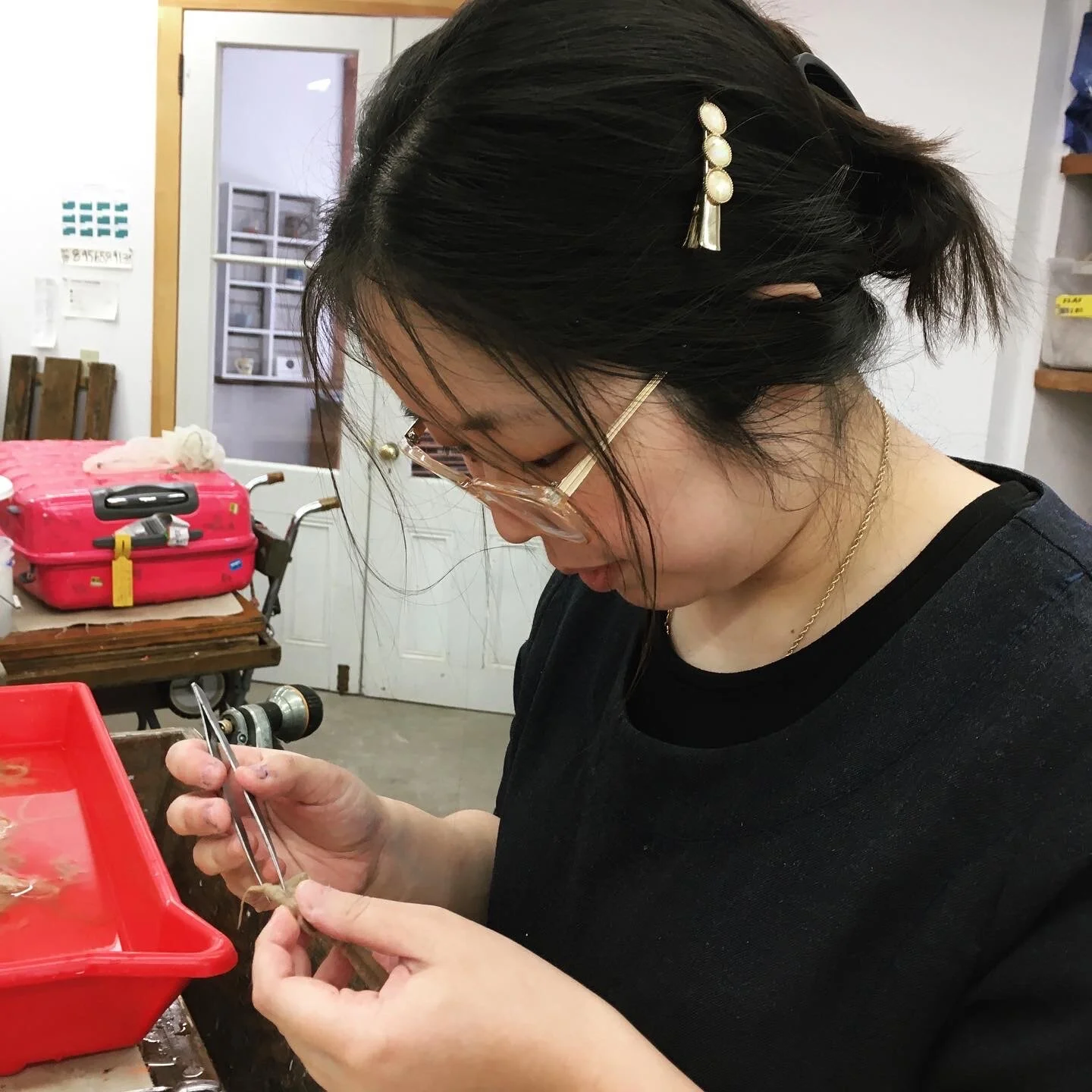KELLI MAESHIRO AT
NEW YORK’S WOMEN’S STUDIO WORKSHOP
Japanese-American artist, Kelli Mashiro, recently completed her Art-in-Education residency program at the Women’s Studio Workshop (WSW) in New York, USA. Here, she talks about the WSW and her experience in a women-centered arts program.
Photo: Kelli Maeshiro, The end times still can't keep me down, 2020. An installation work inside the artist’s home while in quarantine due to the COVID-19 pandemic.
What is a typical day like during your residency at the Women's Studio Workshop?
KM: “I was the Art-in-Education resident. So, I spent part of my residency teaching paper-making to students from the local elementary and middle school, and preparing a group project for their art show. The project was an installation scroll. Other than that, I spent the remaining time at the residency working in the paper-making studio by preparing paper pulp by hand-beating and/or hollander beaters, pulling paper via deckle and mold, and pressing paper into hand casted molds. I usually start my day at 7 am and end at around 11 pm. Everyday. For 7 weeks. It was long days of making paper. I had to because the work needed it.”
Wagashi molds (Wasanbon style wagashi)
KM: “At WSW, I learned about Kozo, abaca, denim, and cotton paper. Sometimes boiling and stripping fibers from trees to create such paper. I also learned about how to prepare and dye paper and fabrics using natural dyes (not synthetic ones like Rits). The dye influences the flowers immensely. The flowers were hand-dipped into vats of indigo dye. Usually people see paper as flat items. I wanted to make paper into something more than just flat squares hung or presented. I wanted to create something that manipulated the material into something both beautiful and ephemeral. And I wanted to make something imbued with the experience of New York’s winter and I feel I accomplished that.”
Maeshiro at work: Cleaning fibers in handmade paper production
How was it like being surrounded by a woman-centered environment and what were the things you feel that only the WSW residency can provide or things that you feel you can only learn from this residency?
KM: “It was one of the most supportive environments I’ve ever had a chance to be a part of. The staff was very supportive of the work, especially the Studio Manager, Chris Petrone. Residencies can provide feedback but this was more than just feedback. It was an educational experience. I got to tap into the knowledge of paper-making and learn about screen printing, letter-pressing, and intaglio. Also got to see the WSW archives. WSW is the most prolific artist book press in the United States. And having a chance to see over 40 years of books or book-like objects was a great opportunity.”
Flowers made using wagashi molds
KM: “I feel that many artists would want to go on residence to travel or pad their CV but I feel it’s important to go to places that will enrich your practice. Residencies, especially ones with materials you’ve never worked with or equipped studios, are ideal for people who want to learn new things or improve their skills. Location is also important. And, sometimes, you can use a location to influence the work. But at the end of the day, it’s not the place or studio, it’s the person. What you get out of it depends on what you put in. You have to curb your curiosity.”
Handmade paper flowers freshly dyed in Indigo
Kellli Maeshiro (b. 1989 Ishinomaki, Japan) lives and works in Manila and Honolulu, Hawaii. She received her BA in Studio Art (Painting) from the Willamette University in Salem, Oregon and completed artist residencies at the Vermont Studio Center (USA) and at the Women's Studio Workshop (USA).
In 2018, she received the George and Nobuko Azumano Award. Her works are characterized as delicate and introspective, creating an inviting atmosphere that portrays themes of longing, memory, and ennui. Selected exhibitions include: National Museum of the Philippines, Hallie Ford Museum of Art, Honolulu Museum of Art, Artery Art Space, Mono8 Gallery, Vinyl on Vinyl Gallery, West Gallery, Gedok Berlin, and Blanc Gallery.
Handmade paper flowers packed inside the artist’s suitcase.







